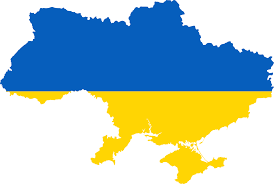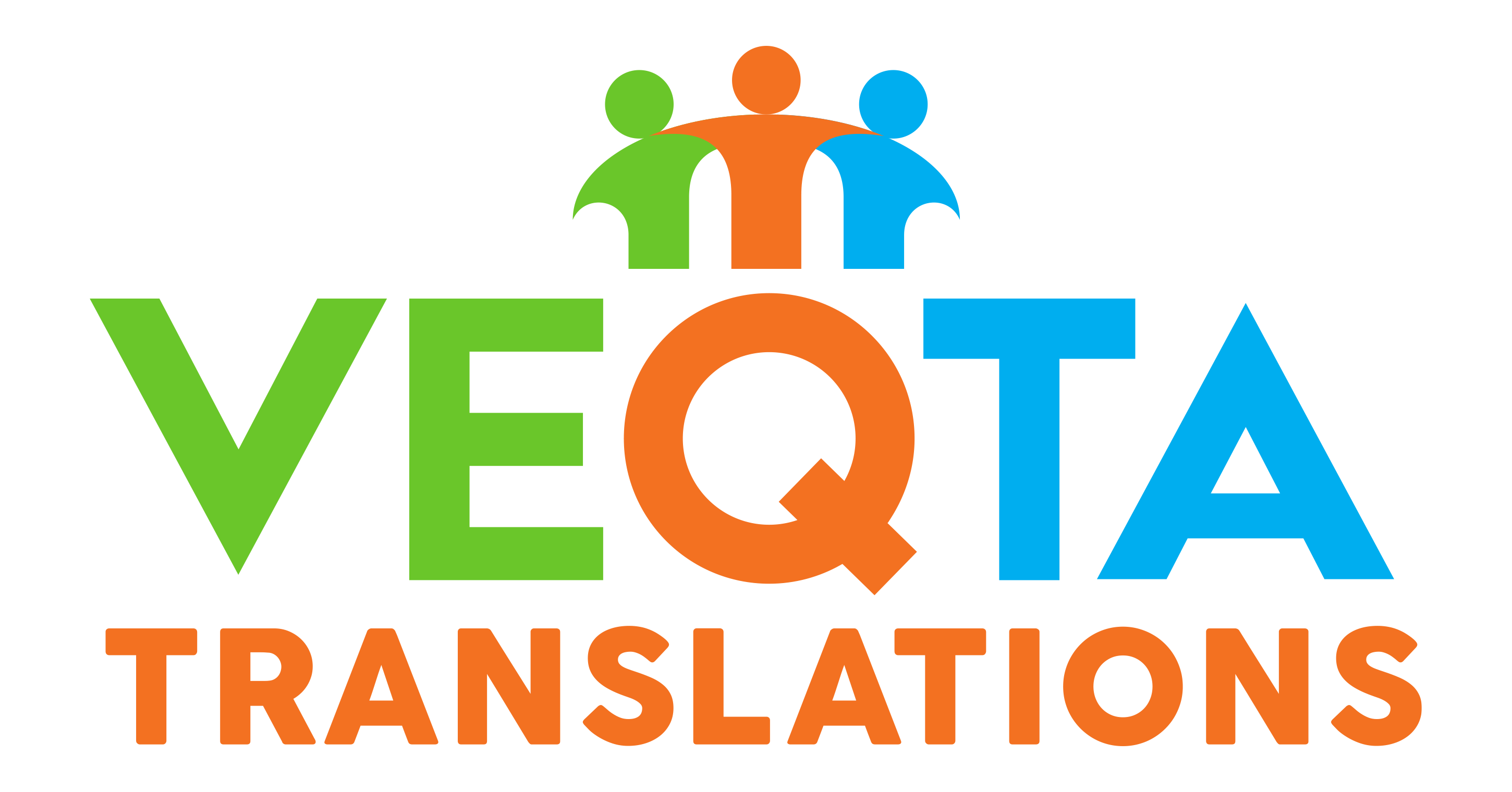Our native Ukrainian translators will be assigned on the project according to their experience with similar content. We only use experienced native translators who have been thoroughly vetted by language testing proficiency tests.

TRANSLATE UKRAINIAN TO eNGLISH TODDAY!
Professional English to Ukrainian Translations
At VEQTA Translations, we specialize in providing certified English to Ukrainian translation services tailored for a variety of industries including Marketing, Human Resources, Retail, Manufacturing, IT, Finances and Legal. Our team of expert translators combines native Ukrainian fluency with deep industry knowledge to ensure every translation is not just accurate but fully conveys the original message’s intent. Operating out of Europe and Ukraine our translators utilize best practices in localization, such as employing style guides, glossaries, CAT Tools, and rigorous quality assurance processes.
Key Services:
• English to Ukrainian Translation
• Ukranian to English Translation
Ukrainian, a Slavic language, uses the Cyrillic script and has a rich system of cases and verb conjugations. A critical challenge in Ukrainian localization is managing regional dialects, especially in political content, where a wrong choice of words can shift public perception. VEQTA’s Ukrainian translators ensure that your content is translated with linguistic accuracy and cultural sensitivity.
As a leading language service provider in Malaysia, VEQTA Translations offers comprehensive localization solutions across the most commercially significant languages. Businesses from Selangor, Johor, Sabah, Penang, and Singapore trust us to deliver accurate and culturally relevant Ukrainian translations for all document types and content needs.
Once the translation has passed certain quality criteria, it’s passed to the Editor. The Ukrainian Editor is a senior translator who will go through and polish the text, e.g correcting syntax, grammar and flow.
As a final quality assurance step, we will go through the Ukrainian documents again to give it an overall quality check, check on typos, any missing content and correct any inconsistencies in the translation.
English to Ukrainian translation for Marketing, Websites and Apps
Ukrainian language translation requires Subject Matter Expertise for a perfect result.
We provide Ukrainian terminology experts who has worked in a related field of the source material in Ukrainian.
Voice over in Ukrainian language and an array accents and other languages for cold or hot recording for broadcasting, e-learning modules or voice or video translation for corporate use.
Ukrainian is an important language to consider for translation of your marketing material.
A high quality translation will give you the maximum impact of your marketing material!
English to Ukranian Localization Services
- Ukrainian Subject Expertise
- Ukrainian Editors
- Ukrainian Reviewers
- Ukrainian Subtitling
- Ukrainian Translators
- Ukrainian Copywriters
- Ukrainian Voice dubbing
- Ukrainian Transcription
A dedicated team of Ukrainian translators who combines Experience, Specialized Subject Matter Expertise with Translation Practices to deliver quality second to none.
Ukranian to English Translation and Proofreading
- Ukrainian Document Translation
- Ukrainian I.T Translation
- Ukrainian Medical Translation
- Ukrainian Financial & Accounting Translation
- Ukrainian Legal Translation
- Ukrainian Health & Fitness Translation
- Ukrainian Marketing Translation
- Ukrainian Tourism & Travel Translation
Need a quote?
Connect with your Linguistic Translation Specialist Today!
Fast, Accurate & Affordable Translation Solutions!
Get In Touch
Singapore: +65 6829 7058
Malaysia: +60 3 2776 6812
Thailand: +66 98357 8074
info@veqta.com
Translation & Localization Services in Over 200 Languages

Asian
- Chinese Translation Services
- Thai Translation Services
- Japanese Translation Services
- Korean Translation Services
- Indonesian Translation Services
- Lao Translation Services
- Philippines (Tagalog) Translation Services
- Vietnamese Translation Services
- Burmese Translation Services
- Cambodian (Khmer) Translation Services
- Kazakhstan (Kazakh) Translation Services
- Mongolian Translation Services
- Persian (Farsi) Translation Services
- Armenian Translation Services
European
- French Translation Services
- German Translation Services
- Spanish Translation Services
- Italian Translation Services
- Greek Translation Services
- Portuguese Translation Services
- Dutch Translation Services
- Turkish Translation Services
- Swedish Translation Services
- Norwegian Translation Services
- Danish Translation Services
- Finnish Translation Services
- Icelandic Translation Services
- Croatian Translation Services
- Maltese Translation Services
- Macedonian Translation Services
- Catalan Translation Services
Eastern European
- Russian Translation Services
- Polish Translation Services
- Romanian Translation Services
- Hungarian Translation Services
- Ukrainian Translation Services
- Czech Translation Services
- Bulgarian Translation Services
- Estonian Translation Services
- Belarusian Translation Services
- Lithuanian Translation Services
- Bosnian Translation Services

